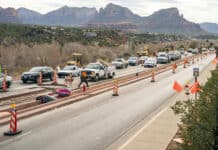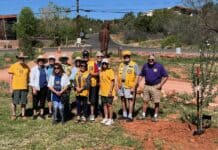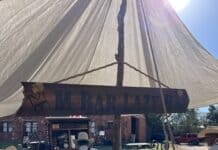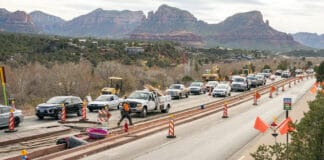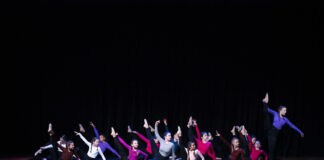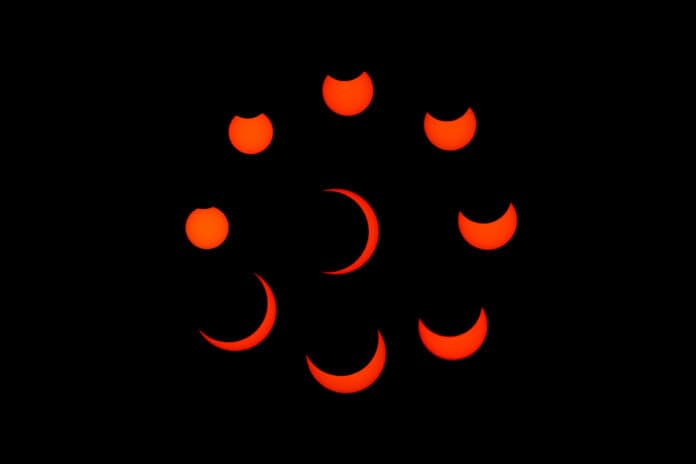
On Monday, April 8, a total solar eclipse will work its way across the continental United States from northern Mexico to Texas to Ohio, upstate New York and Maine. As its path is inhabited by an estimated 31 million people, this is expected to be one of the most-observed eclipses in human history.
A total solar eclipse will not be visible again in the continental United States until Aug. 23, 2044.
The Verde Valley is not in the path of totality, but local observers can expect to see about 68.5% of the sun blocked out. The celestial show will begin at 10:11 a.m., with maximum totality occurring at 11:22 a.m. and the eclipse ending at 12:37 p.m.
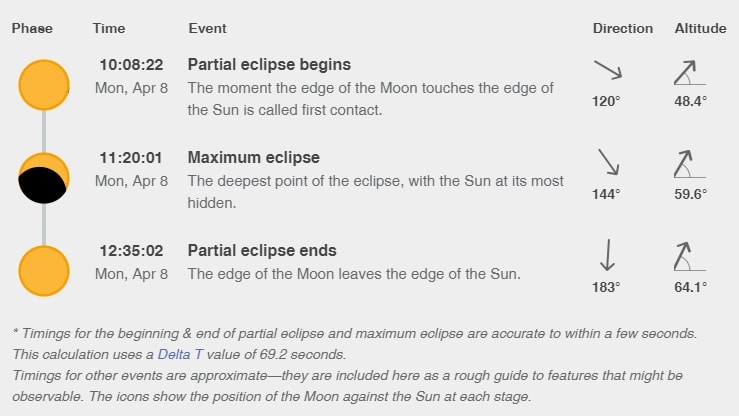
An annular eclipse occurred on Oct. 14 with 88.9% of the sun covered for Verde Valley observers.
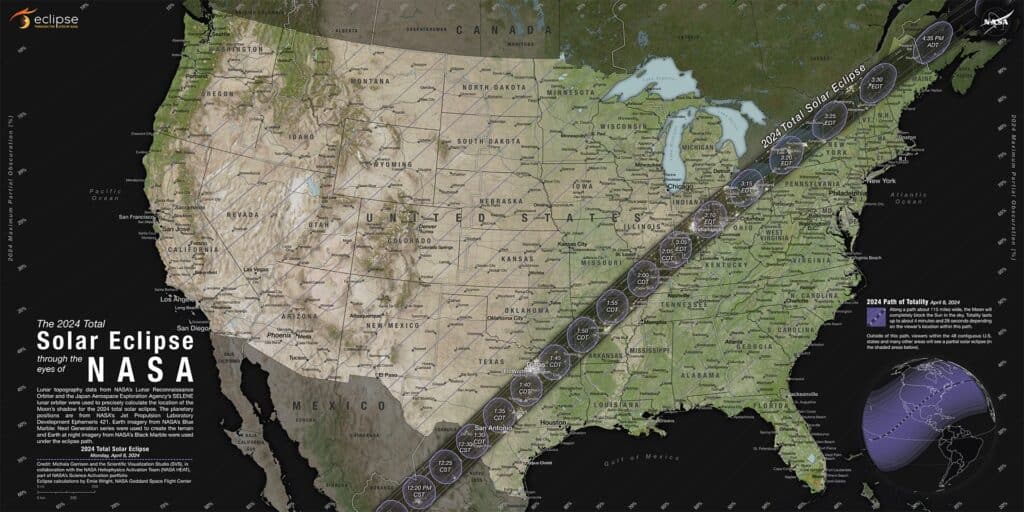
The city of Cottonwood and the Sedona Public Library are putting on free events for the community and will be providing a safe viewing experience.
Sedona Public Library
The Sedona Public Library will also be putting on a viewing event in the library commons from 10 a.m. to noon in partnership with The Sirius Lookers Astronomy Club.
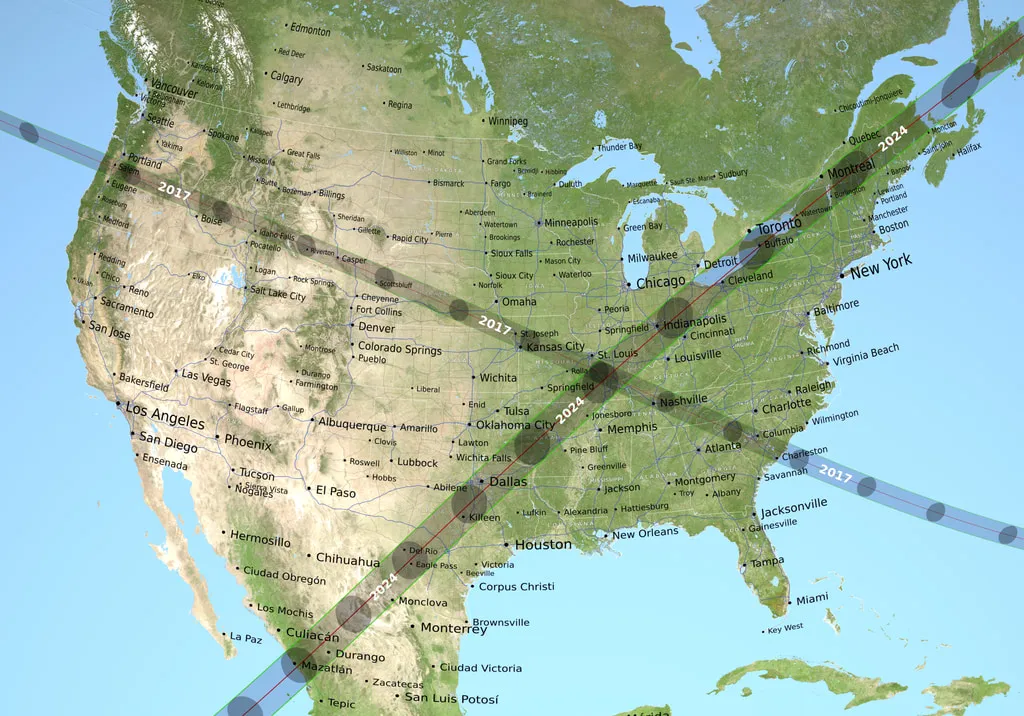
“Take advantage of our local experts … who will be on hand to share their knowledge and their solar viewing telescopes as well,” a SPL press release stated. “Miss Marcia and the Toddler Play ’n’ Learn crew [for ages 0-5] will blast off to the moon with a space themed craft and stories in the Children’s Room.”
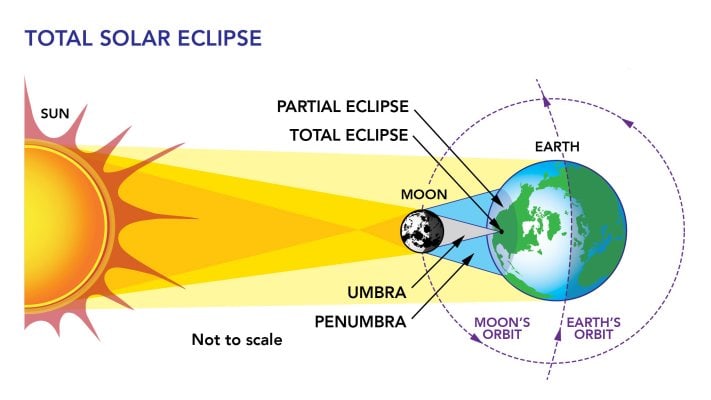
Solar telescopes will also be set up to enjoy and free solar glasses will be available for attendees, limited to one per family during the event.
“The [annular solar eclipse in October] at the Sedona Library was such a wonderful community event,” SPL Assistant Director Tasha Spuches said. “So many people gathered together, we had hundreds and hundreds of people here, all sharing the same space and sharing the same experience. And we just want to offer the opportunity for the community again.”
The Sirius Lookers Astronomy Club meets at SPL in the Quiet Study on the third Wednesday of every month at 5 p.m. For more information, visit SiriusLookers.org.
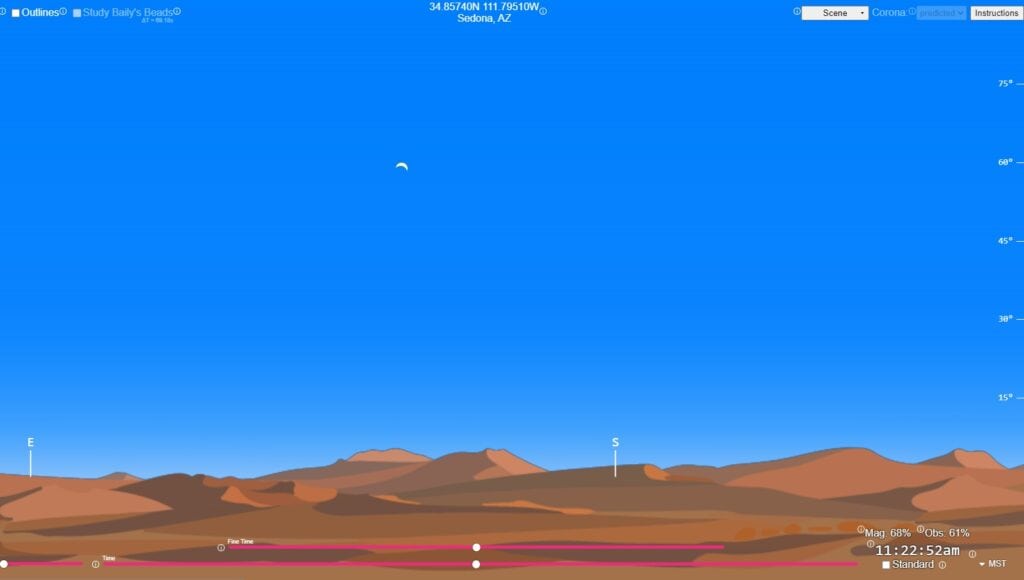
Cottonwood
“Join the city of Cottonwood Monday, April 8, [from 10 a.m. to noon] for a Solar Eclipse Viewing Party at Riverfront Park,” the city of Cottonwood wrote in a press release. “We’ll be using special viewing glasses and telescopes to observe the upcoming solar eclipse and hosting activities for kids of all ages. Thank you to Astronomers of Verde Valley, Science Vortex Verde Valley and Arizona Science Center for your partnership.”
The Astronomers of Verde Valley will have between eight and 10 telescopes set up for safe viewing of the eclipse, along with free educational materials about dark skies and astronomy.
“People are welcome to come and view,” Astronomers vice president Dave Norton said. “There will be two ways to look at the sun. One is through a telescope with a dedicated solar filter, and that way you see it in natural light. We will also have a couple of hydrogen Alpha telescopes. That will look at the sun in [the] hydrogen Alpha wavelength. And you can see the flares on the edge of the sun. During the eclipse, they’re really neat because everything’s darker.”
Because the sun is in a period of heightened sunspot activity that is scheduled to peak next year, Norton added that he is also excited to observe the solar activity during the outreach event.
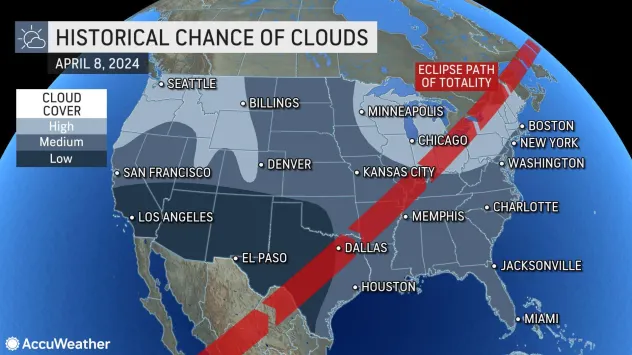
“We’re getting several hundred [solar sunglasses]; they’re free until we run out,” Norton said. “We will also have at least one telescope where a crowd can look at the sun being blocked out by the moon on a white cardboard screen so they don’t have to actually look at the sun [and] they can just look at the effect of the eclipse.”


